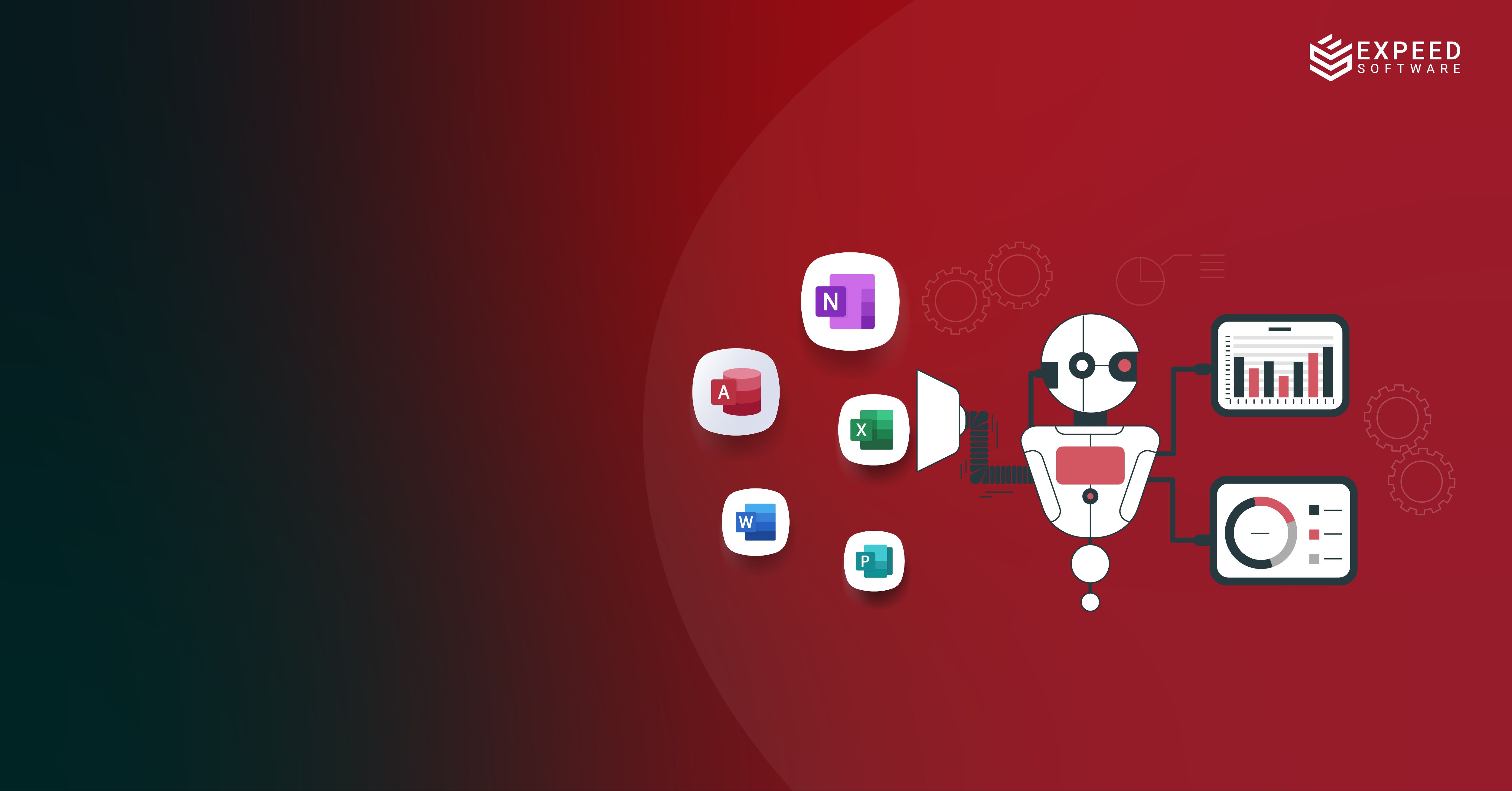When we hear the phrase “digital transformation,” we can’t help but wonder what it means for different types of companies. At Expeed, we approach digital transformation from a problem-solving perspective, curating transformation strategies that are customized for our clients and that directly address their pain points.
In a recent interview, our CEO Rao Chejarla talks about how the process of digital transformation can have different meanings for different companies of various sizes.
Let’s break down digital transformation. It’s all about providing a fantastic experience to your customers, employees, and partners. These days people are used to good user experiences, so if you’re not meeting that expectation, they’ll walk away from your business. Offering a good experience might require you to bring about big changes to your company, the way it operates, communicates with its stakeholders, aligns its values, and positions itself in the market. Admittedly changing your processes and systems is a heavy task, one that requires large investments in time and resources. But it is also one that you cannot avoid, especially if you don’t want to end up losing your market share.
Even today, we find a lot of companies that still do a lot of manual work. They don’t have much automation in their business processes and everything they do is done by hand. Meanwhile, there are other types of companies that are either large enterprises or medium-sized companies. These types of organizations often have hundreds or even thousands of applications to help them with their business processes. Does digital transformation mean the same for these types of businesses? Unfortunately, no.
Let’s look at the small enterprise that is still getting things done manually. The first step for them is to automate their work using IT applications. They need to start here and keep improving their work processes to react and meet market conditions or even better yet, match their competition to provide the best experience possible to their customers, partners, and employees.
On the other hand, we have large and medium-scale companies that already have hundreds of IT applications aiding their processes. Despite the fact that they already have a digital footprint, it is still not possible to call them a digitally transformed company. The reason for that is the incapacity of the applications (most of them could be legacy applications) to communicate with each other to bring about an integrated and dynamic system.
Larger enterprises need to understand where their IT investments are and find ways for them to work together. Installing a system or process is not enough. The experiences provided by these systems need to be seamless so the enterprise can provide amazing customer service. And as a first step, they need to integrate previously disconnected and isolated systems. This will enable them to reconfigure the business process to respond to changing market conditions. Once they figure out how to do this, then they can call themselves a “digitally transformed company.”
Looking for automation solutions for your business? Contact our digital transformation experts today!

Expeed Software is a global software company specializing in application development, data analytics, digital transformation services, and user experience solutions. As an organization, we have worked with some of the largest companies in the world, helping them build custom software products, automate processes, drive digital transformation, and become more data-driven enterprises. Our focus is on delivering products and solutions that enhance efficiency, reduce costs, and offer scalability.


